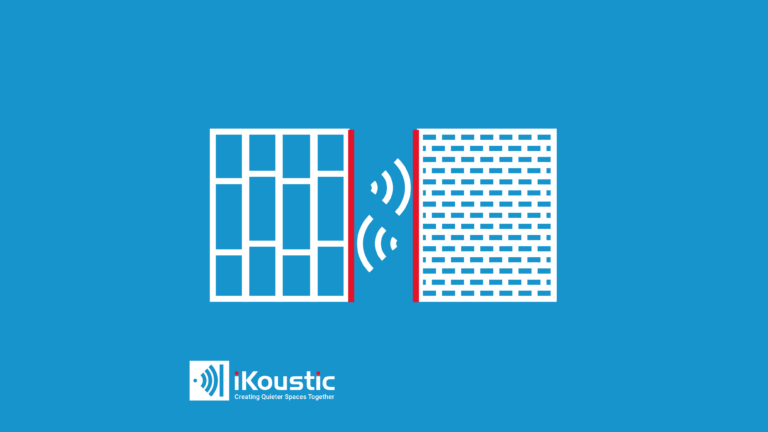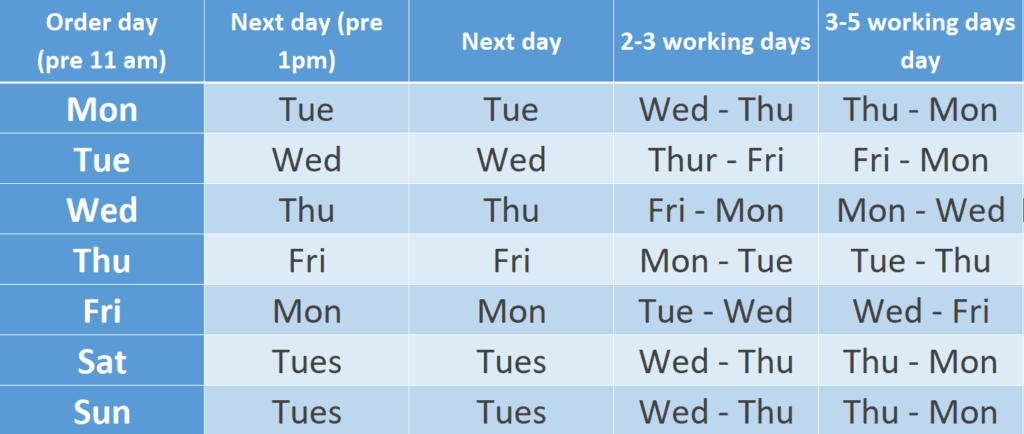Legal soundproofing requirements – made simple
The legal soundproofing requirements in the UK prevent builders and landlords from providing substandard accommodation. However, the laws around soundproofing require good knowledge of the Part E document because there are a variety of different rules. In this blog, we explore the requirements for flats, houses, and what your landlord is responsible for.
Please note, that this is not legal advice and should not be taken as such. If you need legal help, you should contact a solicitor.
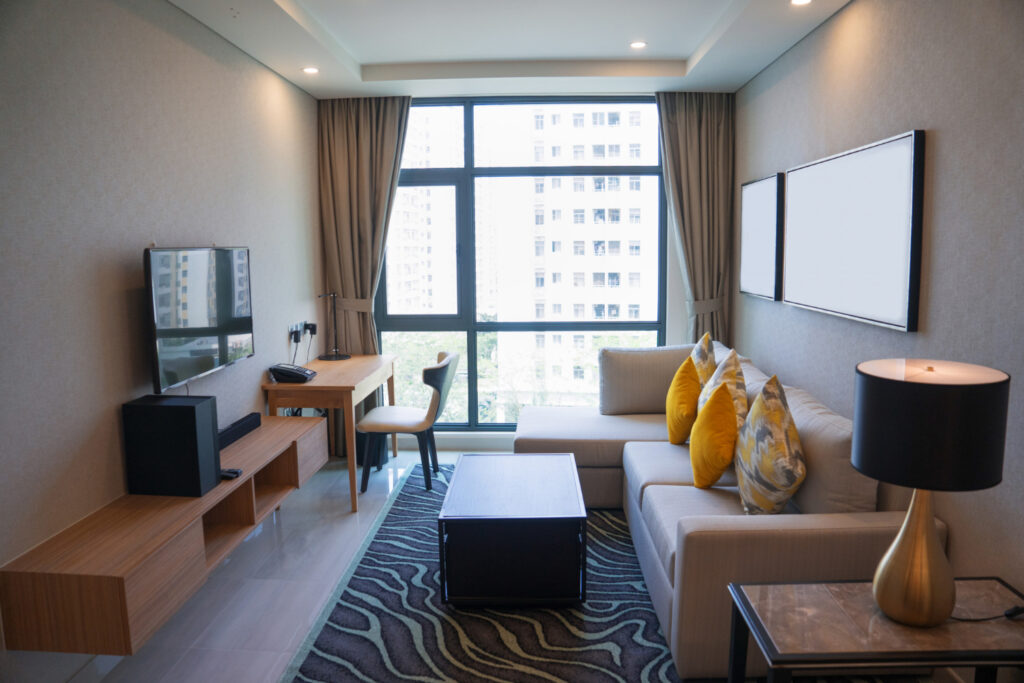
Do landlords have to soundproof flats?
Landlords only have to soundproof flats built or converted from 2003 or after. Part E, the regulatory document, is not retrospective and pertains only to builds after 2003. However, if a building has been converted into flats since 2003, then it must be compliant with Part E regulations, even if the building is older. If you suspect the building is not compliant with the legislation, you can contact your landlord, or failing that, a building control officer at your local council.
What is the Part E document?
The Part E document was published in 2003 to regulate the transmission of sound in houses, flats, rooms for residential purposes, and other builds used as abodes. There are different restrictions and limitations depending on when the house was built, what it is used for and the internal layout of a building. The Part E document specifies the resistance to the transmission of sound that walls and ceilings must achieve in different areas of a building.
It is split into sections; E1 which is soundproofing for noise from adjoined buildings, and, E2 which is soundproofing for internal noise. There are a further two sections, however there pertain to care homes and schools.
The shared areas of my building are noisy
Shared areas of your building should be compliant with Part E to prevent noise disturbances. This, again, only applies to builds or conversions from 2003 or after. The common internal parts of a building are stairs, corridors, hallways and entrance halls.
This section of Part E controls reverberation in the common internal parts of a building, not soundproofing. Soundproofing controls the transmission of sound, whereas, sound absorption prevents reverberation. Find out the difference between soundproofing and absorption. The amount of absorption is calculated using equations in the Part E document (page 69).
From there, absorption panels can be fixed to the ceilings or walls. This work will be carried out by the freeholder or a combination of landlords.
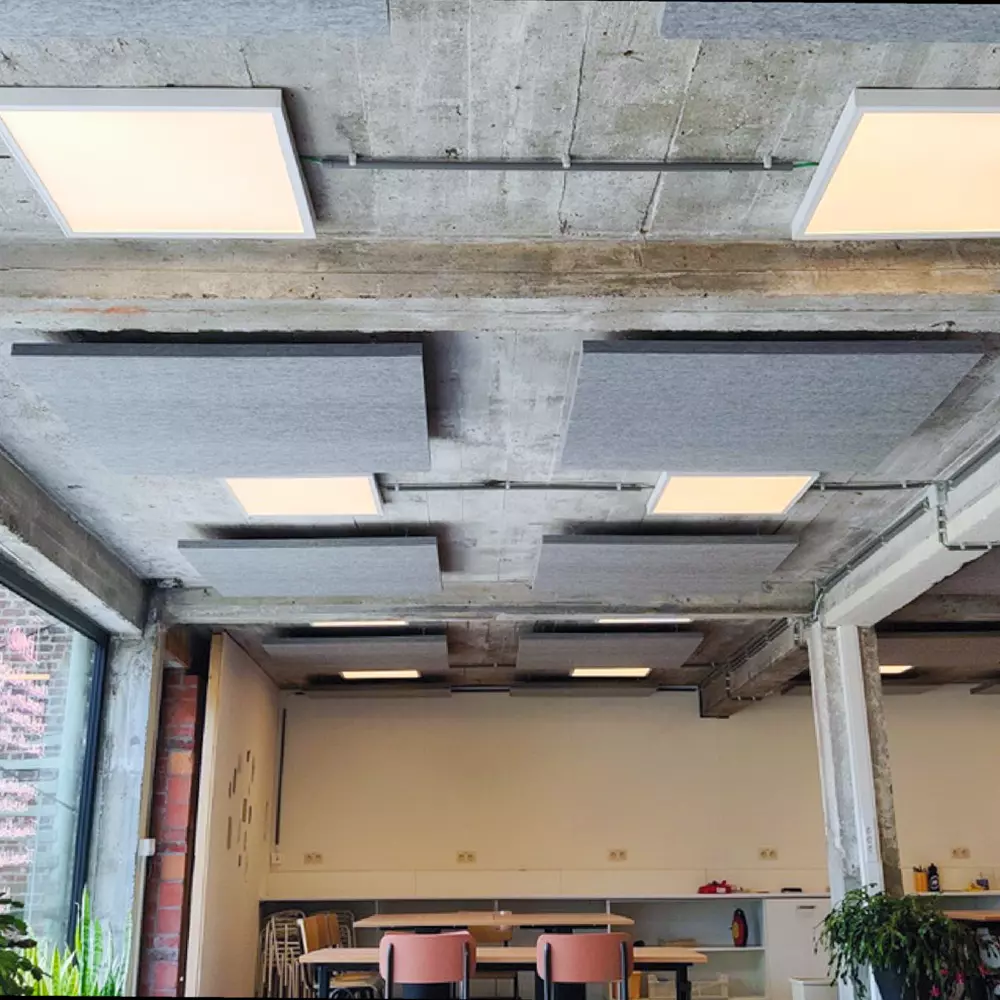
How much noise should my wall let through?
Your wall should let through no more than 45dB of sound for a house or flat. This is set out by the Part E document, so it only pertains to builds from 2003 onwards. For conversions created from 2003 onwards, walls must achieve a resistance of 43dB. However, this does not apply to every wall in the building, such as, between a bedroom and a water closet. Full details of which walls are exempt can be found in the Part E document, but in short, bedrooms are generally protected.
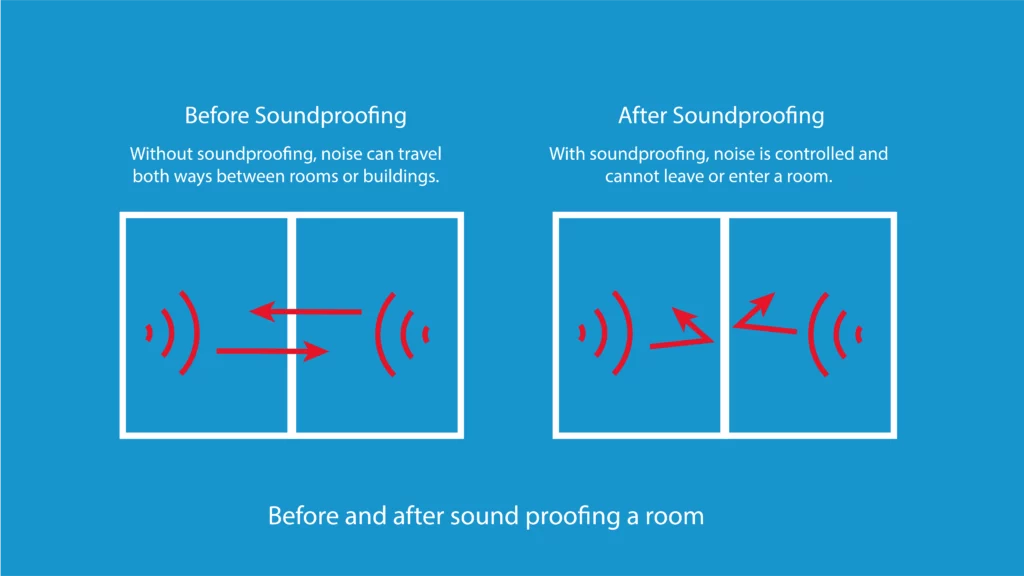
For rooms of residential purpose-built or converted after 2003, they must achieve a resistance of 43dB for both. If you think your building is not compliant, (and was built or converted from 2003 onwards), you should contact your landlord or the council building control officer.
Does Part E protect me from noisy neighbours?
Part E only protects you from noisy neighbors in builds from 2003 onwards. This is because Part E is not a retrospective document. However, Part E can only protect you if the wall fails a sound test. If it fails, you should contact the builder or warranty provider of your home.
If your home is from 2003 or after but satisfies the sound test, then Part E cannot help you with your noisy neighbours. Should you consider your neighbours to make undue noise, such as dogs barking, you should raise a complaint with your council instead. This would fall under the Environmental Protection Act, 1990.
Why can I hear my neighour in my flat?
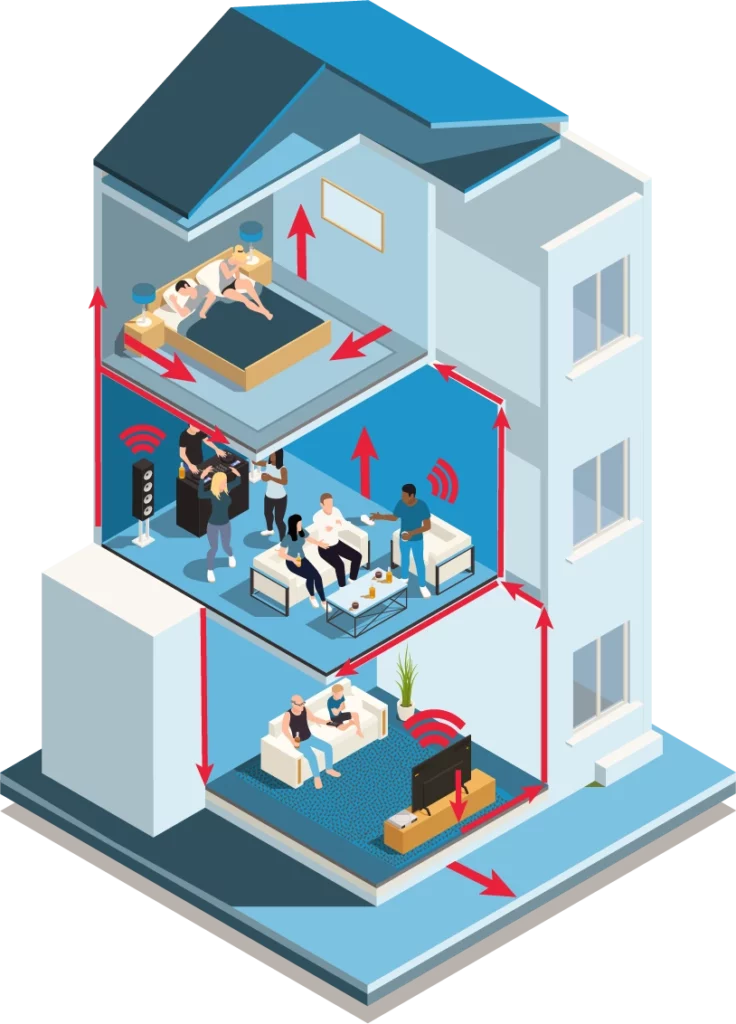
You can hear your neighbour in your flat because the partitions do not have a high enough mass to insulate against noise. This can be resolved with proper soundproofing by using materials of high mass, like acoustic plasterboard. High-mass materials can reflect airborne noises, like talking and music, which are common issues in flats.
Another very common issue with noises in flats is from flanking transmission. This is when sound uses different routes and travels around, through, over, or under a wall, floor, or ceiling. For example, this could be through pipes, vents, sockets, and light fittings. All of those provide less resistance to sound and usually offer better airflow (sound travels through the air).
I can hear my neighbours TV
You can hear your neighbours TV because the wall does not have sufficient mass to resist sound. It is also likely that their TV is mounted on the wall, making the transmission much worse. To resolve this issue, first speak to your neighbors to check they cannot move the TV. Next, you will need to increase the mass of your wall to reflect airborne noise away.
This is not the same as using more soft furnishings, like cushions, to absorb sound and reduce reverberation. Instead, use soundproofing materials and ideally a clip and channel system. Clip and channel systems help to isolate your new partition and hold it away from the existing wall, which is very important if the source is a mounted TV.
Onto the channel, acoustic plasterboard, high mass vinyl or visco elastic membranes can be added. All of these soundproofing materials reflect a different frequency of sound and will reduce the overall noise disturbance to you.
A clip and channel system starts at £34per m2 (at the time of writing, 2023), and provide the best reduction for space used. Take a look at your wall soundproofing options to see what would be best for you.





